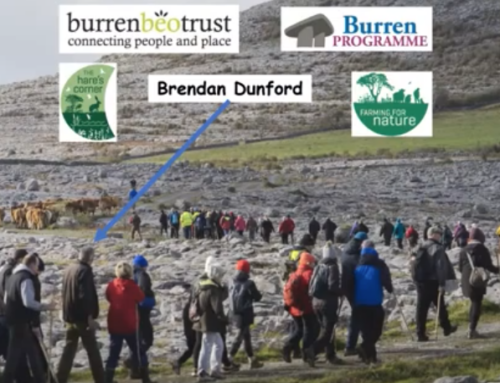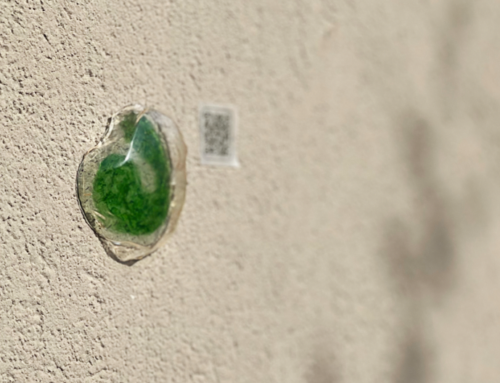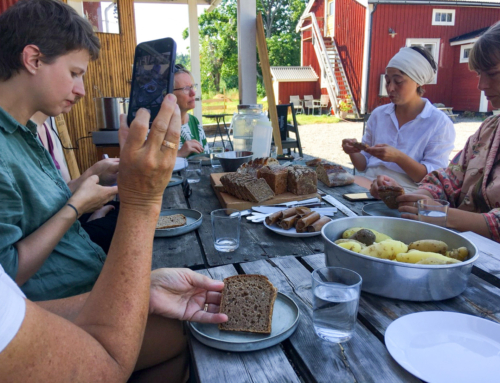SOM, the global architecture firm, believes that we are entering an age of comprehensive, pervasive, simulation of the physical world. It has appointed a Digital Design Director, Paul Seletsky, to develop its expertise in Building Information Modeling (BIM). With BIM, models of all a building’s physical components are stored in a report-generating database that produces what Seletsky calls “smart geometry”. Other simulations are being developed for lighting, energy, wind, pedestrian circulation, construction processes, fabrication, code, material, and security conditions. For Seletsky, these trends amount to a “complete cultural and procedural shift…architects will now have to think in terms of producing and assembling building components, as opposed to sheets of drawings or seductive renderings”. I’m not sure the trend is all that new. Archigram speculated about machine design in the 1960s, and Dutch architects such as UN Studio and Winy Maas have been engaged in real-time design for quite a while. What’s still missing from automatic architecture is what might be called Green BIMs – the compulsory integration of environmental requirements into the information models of all development. According to Seletsky, Singapore is well on the way to such a condition with a country-wide system called CORE that integrates building regulations into construction, development and real estate systems. This level of integration is helped by the fact that Singapore is small and not overly democratic. Green ratings in the US such as LEED (Leadership in Energy and Environmental Design) remain voluntary. The principal barrier to the integration of environmental standards into building development is less an IT one than organisational. As James Woudhuysen has written in Why-is-construction-so-backward?, the main barrier to innovation lies in the fragmented nature of the construction sector.




